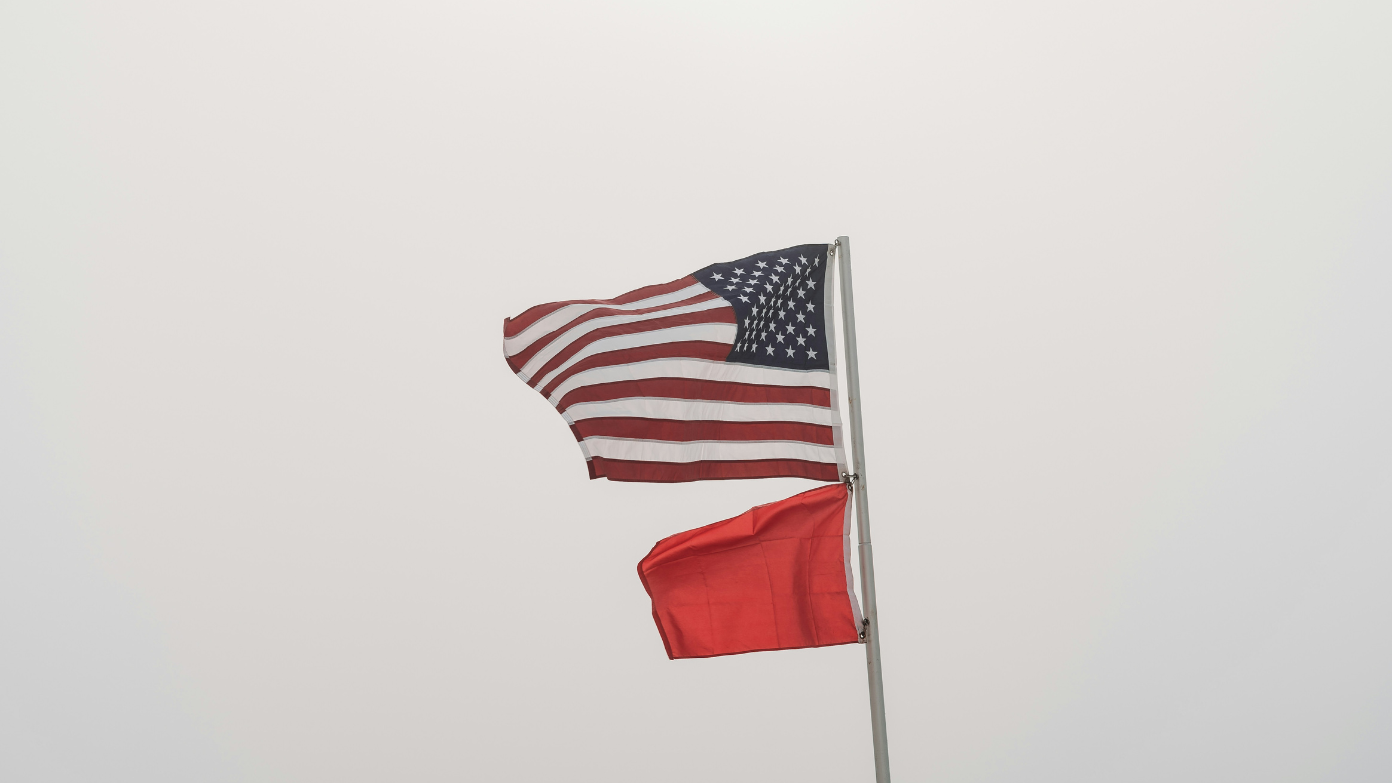The United States and China on May 12, 2025, signed a historic agreement of a short-term cut of retaliatory tariffs on hundreds of billions of dollars worth of goods, relief to businesses and consumers from a nearly three-year old trade war. The accord lowers U.S. tariffs on Chinese goods from 145% to 30% and reduces China’s retaliatory tariffs on U.S. goods from 125% to 10% for 90 days. The 90-day truce is aimed at stabilizing bilateral trade relations amidst ongoing negotiations, though sensitive industries like electric vehicles (EVs) and steel remain under current tariffs.
Overview of the tariff reduction agreement
The accord, negotiated in Geneva by U.S. Treasury Secretary Scott Bessent and Trade Representative Jamieson Greer, cancels tariffs instituted since April 2025 when President Donald Trump raised rates in retaliation for China’s trading activities. The nations brought the motion as a step towards “balanced trade,” with the Treasury secretary describing the earlier 145% American tariff levied on Chinese goods created a “de facto embargo.”. China retaliated by suspending the majority of the April non-tariff actions, such as the export restrictions on rare earths and the blacklists of U.S. companies.
U.S. tariff reductions: Impacted chinese products
The U.S. will impose lower 30% tariffs on $370 billion of Chinese imports, and they’re aimed at consumer products and industrial parts. The most important categories are:
- Electronics: Phones and semiconductors once left out of a Trump waiver now get more tariff relief. Solid-state drives and flat-panel displays are included in this category.
- Textiles and apparel: Apparel and footwear, with 145% tariffs, will revert to 30%, reducing retailers’ costs for American consumers.
- Machinery and parts: Industrial parts essential to manufacturing supply chains benefit from reduced levies.
Notably, EV tariffs, steel, and aluminum tariffs continue at 100% under separate policies, a reflection of continued concern over Chinese overcapacity.
Chinese tariff reductions: Impacted U.S. products
China’s 10% tariff rate is applied to $110 billion of U.S. exports, with the exception of strategic sectors:
- Agriculture: Soybeans, pork, and dairy-pillars of the U.S.-China trade relationship-are given relief, benefiting American farmers.
- Pharmaceuticals and medical devices: Insulin, cancer treatments, and diagnostic reagents are excluded, securing continued access to vital supplies.
- Technology: Airplane engines and microchips, both crucial to China’s aerospace and technology sectors, are exempted from tariffs.
China also shelved an anti-dumping investigation into DuPont and took U.S. defense companies off a trade blacklist.
Sector-specific exemptions and tariffs maintained
Both countries had announced sector-specific exemptions before the deal:
- The U.S. exempted laptops, desktop computers, and semiconductors from April 2025 tariffs, refunding duties collected since April 5.
- China also waived its tariffs on Boeing aircraft parts and Microsoft software licenses to ensure continuity in aviation and IT business.
- Tariffs still apply, however, such as Trump’s 20% “fentanyl tariff” for Chinese chemicals and China’s 25% on American automobiles.
The cease-fire gave the immediate sense of elation: Hong Kong’s Hang Seng Index jumped 3%, while S&P 500 futures climbed in a parallel manner. The relief is temporary, analysts warn, however. Pinpoint Asset Management’s Zhiwei Zhang reported China emerged victorious in reducing tariffs “without concessions” to U.S. demands for intellectual property reforms.
Companies are confronted by supply-chain tensions, with backlogged demand that could test the limits of logistics networks. “Companies will all rush to re-stock inventories before the 90-day timeframe is over,” cautioned Mark Williams of Capital Economics.
A bona fide reprieve of uncertain effects
The pact delays immediate economic dislocation but leaves contentious fundamentals in limbo. American officials called on China to cut back exports of fentanyl precursors and subsidized production, while China calls on the U.S. for unlimited respite from “decoupling” pressures.
With talks in the hands of Bessent, Greer, and Chinese Vice Premier He Lifeng to resume in June, the 90-day hiatus is a small window within which to re-engineer one of the world’s most significant trading relationships. Both sides have “averted the worst-case scenario”-at least temporarily, says Wang Wen of Renmin University.
Read more: What did Trump say about Biden’s pardon? Is Trump planning pardons when he becomes President?
Read more: Who is Kristina Khorram, the chief of staff deemed “manipulator-in-chief” in the federal sex trafficking investigation against Diddy Combs?

